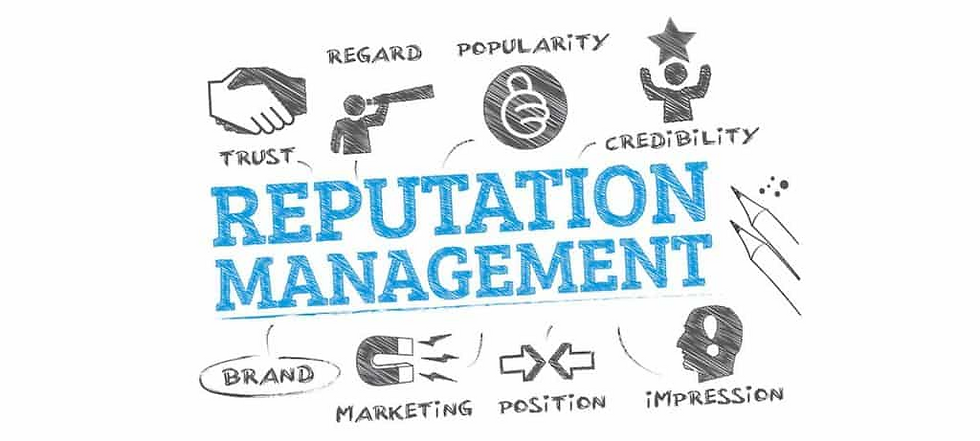Objectives and Methods of Promotion / Advertisement (20.1)
- Thiago Casarin Lucenti
- Nov 23
- 3 min read
Chapter 20 - The Marketing Mix: Promotion and Place
Learning Objectives: To understand the objectives of promotion and different types of ads
It's time for us to start diving in the other two elements of the Marketing Mix: Place and Promotion!

Keep in mind: promotion is a lot more than advertising! Promotional activities are any activities that have the following objectives:
Increase sales by increasing awareness:
- Increase sales;
- Increase customers' recall of the brand.

Remind or inform customers of a product distinctiveness;
Demonstrate superiority;

Create and reinforce brand personality;

Correct misleading reports/news (e.g. Samsung batteries case);
- Improve the public's image of the business.

Encourage retailers to stock and promote products to customers;
Companies develop what is called a promotional mix - a combination of different promotion techniques instead of following one or another specific method.
We can divide promotion techniques into two categories:

Above-The-Line Promotion is based on mass advertising:

Paid form of communication;
Focus is to inform and persuade
It includes medias such as TV, radio, newspapers;

Advertisement can either be:
- Informative: informing regarding price, place, product (important for new or updated products);
- Persuasive: focused on convincing customers of the products / brand distinctiveness.
It is common for businesses to outsource their promotion to Advertising Agencies:

Market Research (profiling);
Advise on most cost-effective medias;
Design of creative ads;
Film, print, execute the ads;
Track results and make improvements.
The most common types of advertising are:
Print Advertising:

Includes advertising in newspapers, magazines, specialist publications.
- Can be directed at particular places (focused);
- Can be kept by the consumer for future reference (hardcopy);
- Expensive when done in large scale;
- Can be cheap if done locally;
- Less effective nowadays with younger generations due to digital communications.
Broadcast Advertising:

Includes TV, radio, and cinemas:
- Can have a visual impact;
- Can create brand image by the visuals and actors used;
- Possible for national and international coverage;
- It can be catchy and stay in peoples' heads for a long time.
However, it's expensive to buy, design, and produce ads.
Outdoor Advertising:

Billboards and bus shelter posters;
- Lower cost than broadcasting;
- It can be located in prime positions;
- It can be read/seen more than once;
However, prime locations are costly; they can be damaged/vandalized; and many people may not even notice them.
Product Placement Advertisement:

Products featured in TV shows / films:
- Targeted to a particular type of customer;
- Can create a desirable image if associated with famous characters;
- It is not explicit advertisement and customers may see it as a desirable product being used by the characters instead.
However, the show/film may not be as popular and it can be very expensive depending on the placement.
Guerrilla Advertising:
Surprising and unconventional ways of promoting products:
- It can be low cost yet impactful (appealing to consumers);
- It encourages word-of-mouth;
- It can receive free-publicity from the media.
However...
- The message might be misunderstood and lead to negative backlash.
Sponsorships:
A payment by the business to be associated with an event, sports team, or individual.
- Generates good publicity (in general) by the positive association;
- Global press and coverage of such events, teams, and individuals;
- Interest on the brand can increase due to such associations;

However...
- It can be very expensive (e.g. Real Madrid receives around €70 million from Emirates yearly);
- Bad publicity of the individual, event, team, can reflect on the brand.
As you can see, there are many methods of advertising. How to choose one over another? Consider the following factors:
- Cost: social media is usually cheaper than traditional medias (business size matters when it comes to advertising budge);
- Audience Profile: age, income, interests, media preferences - all impact on the type of media they consume;
- Type of Message: written, video, image;
- Other Marketing Mix Elements: product, price, place - alignment of all elements;
- Legal Constraints: different locations may have different restrictions regarding promotion (e.g. tobacco, children's ads).
2 Minutes Discussion Question: In your opinion, should companies cut down on advertisement costs when in a downturn/recession?
Chapter 20 - The Marketing Mix: Promotion and Place
To-Do-List: Activity 20.2



























Comments